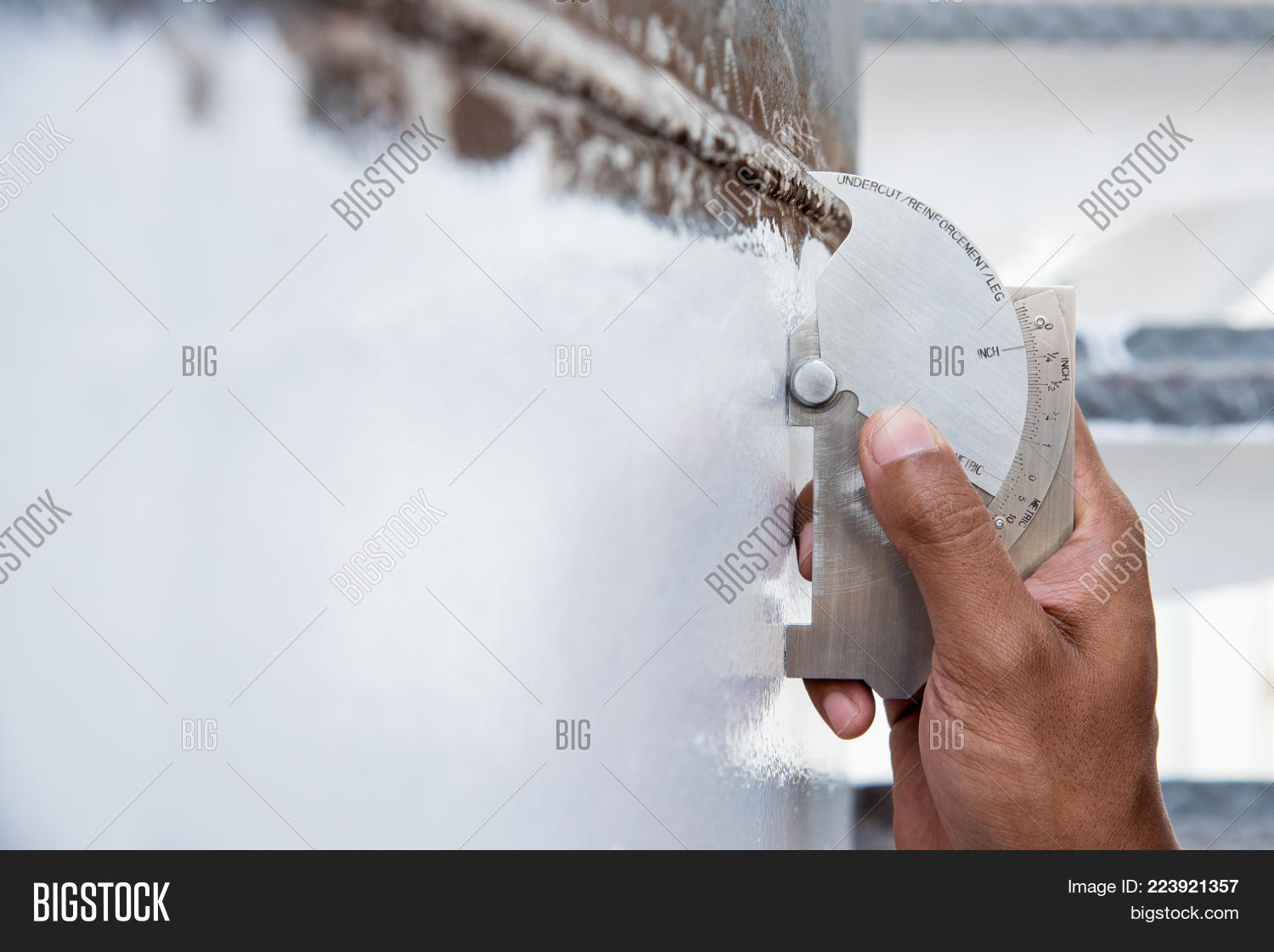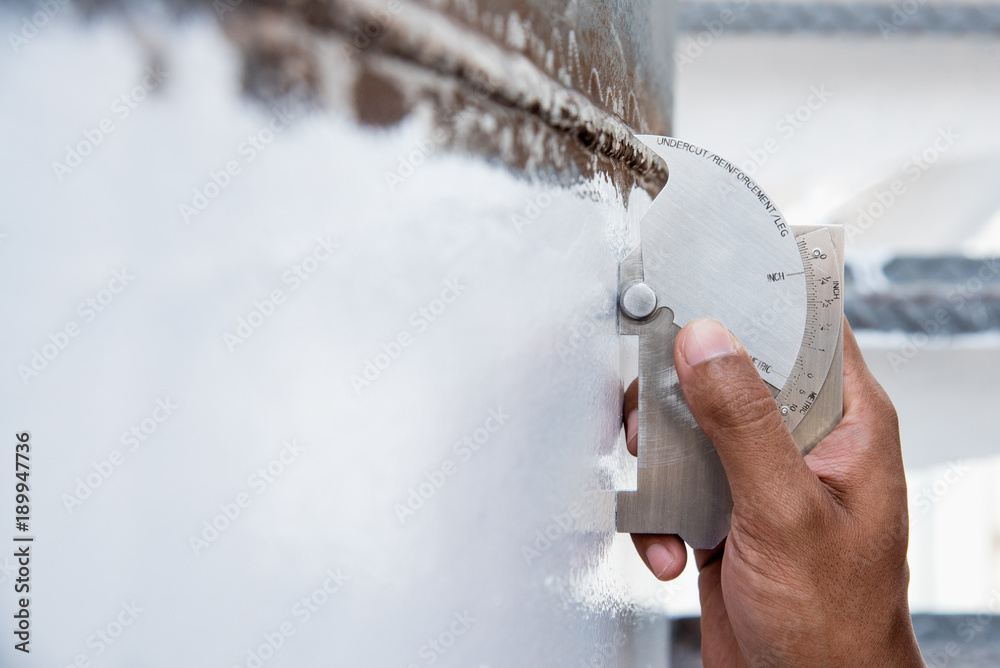A Thorough Introduction of Tank Welding Assessment Criteria and Methodologies for Improved Weld Top Quality and Performance
The relevance of welding evaluation standards in the production of storage tanks can not be overstated, as they serve as the backbone for guaranteeing weld integrity and operational reliability. Numerous assessment methods, including visual analyses and advanced non-destructive testing approaches, are vital in identifying possible problems that could endanger performance.
Importance of Welding Examination Requirements

Welding examination criteria encompass a series of requirements, including material requirements, welding treatments, and credentials of employees associated with the welding process. By imposing these standards, organizations can methodically recognize and correct prospective problems, consequently minimizing the probability of pricey repair services or tragic failures. Additionally, extensive examination practices foster a culture of responsibility and accuracy, encouraging welders to maintain high levels of workmanship.

Usual Welding Assessment Techniques


Ultrasonic Examining (UT) is another prevalent technique, utilizing high-frequency audio waves to discover inner defects that might not show up externally. This technique is especially reliable for recognizing gaps or incorporations within the weld steel. Magnetic Bit Checking (MT) is likewise commonly utilized, particularly for ferromagnetic materials, as it reveals surface and near-surface defects through the application of electromagnetic fields and ferrous particles.
In Addition, Fluid Penetrant Screening (PT) identifies surface-breaking issues by using a penetrant to the weld and after that making use of a programmer to attract out the penetrant. Each of these methods adds to a comprehensive inspection approach, making certain that welds satisfy the strict quality standards called for in storage tank building.
Regulatory Standards and Conformity
Regulative requirements and compliance are crucial elements in guaranteeing the security and reliability of bonded frameworks in tank building and construction - Tank Welding Inspection. These criteria serve to establish minimum needs for material residential properties, welding procedures, and examination techniques, therefore lowering the threat of structural failures and improving overall performance
Trick organizations, such as the American Culture of Mechanical Engineers (ASME) and the American Welding Culture (AWS), offer standards that are widely taken on in the industry. Conformity with these standards not only makes certain adherence to finest techniques but additionally meets lawful and legal responsibilities, guarding the interests of stakeholders.
Governing bodies frequently mandate adherence her response to details codes, such as ASME Code Section IX for welding certifications and API 650 for bonded tanks. These codes detail needs for welding techniques, certifications of employees, and testing techniques to validate weld integrity.
Routine audits and examinations are crucial to preserving conformity, as they aid identify discrepancies from established criteria. Non-compliance can result in significant charges, job hold-ups, and safety and security hazards. Thus, a robust understanding of regulative criteria and a dedication to compliance are paramount in achieving high-grade and durable welded tank structures.
Non-Destructive Evaluating Techniques
Exactly how can the stability of welded structures be guaranteed without creating damages? Non-destructive screening (NDT) approaches use a durable option, making it possible for assessors to examine weld top quality without jeopardizing the product - Tank Welding Inspection. Amongst one of the most common NDT strategies are ultrasonic screening (UT), radiographic special info screening (RT), magnetic fragment testing (MT), and dye penetrant testing (PT)
Radiographic testing involves passing X-rays or gamma rays via the weld, producing images that reveal architectural problems such as cracks or gaps. This technique is important for assessing the honesty of complex welds.
Magnetic fragment testing is matched for ferromagnetic materials, where electromagnetic fields expose surface and near-surface suspensions. Color penetrant testing makes use of a liquid color to highlight surface-breaking defects, making it a reliable technique for non-porous products.
Each of these NDT techniques has distinctive advantages, enabling extensive analyses tailored to certain materials and welding procedures. By applying these methods, sectors can guarantee the reliability and security of bonded structures, eventually boosting overall efficiency.
Enhancing Weld Quality With Examination
Effective assessment plays a crucial role in improving weld top quality, serving as an important checkpoint in the manufacture process. By determining prospective issues early, evaluations alleviate the threat of endangered structural integrity and make sure conformity with sector criteria. Employing a combination of visual evaluations, non-destructive testing (NDT) approaches, and mechanical analyses, inspectors can discover problems such as porosity, splits, and insufficient blend.
Applying a robust evaluation procedure not only enhances the general high quality of welds however likewise promotes a society of liability amongst welders and makers. Normal training and certification of evaluation personnel guarantee that they are geared up with the required skills to acknowledge and deal with prospective issues successfully. This positive technique decreases rework and associated costs, ultimately adding to project effectiveness.
Moreover, comprehensive documentation of evaluation findings supplies valuable understandings right into recurring concerns, promoting continual enhancement in welding practices. By leveraging innovative modern technologies, such as automated ultrasonic screening or digital radiography, pop over to these guys weld top quality can be improved through extra exact assessments. In conclusion, a strenuous assessment process is crucial in accomplishing premium welds, ensuring safety and security, dependability, and longevity in container construction.
Verdict
In verdict, the implementation of strenuous tank welding assessment criteria and methodologies is necessary for ensuring weld stability and efficiency. By making use of a combination of visual assessments, non-destructive screening approaches, and adherence to governing standards, companies can properly recognize and mitigate potential problems.